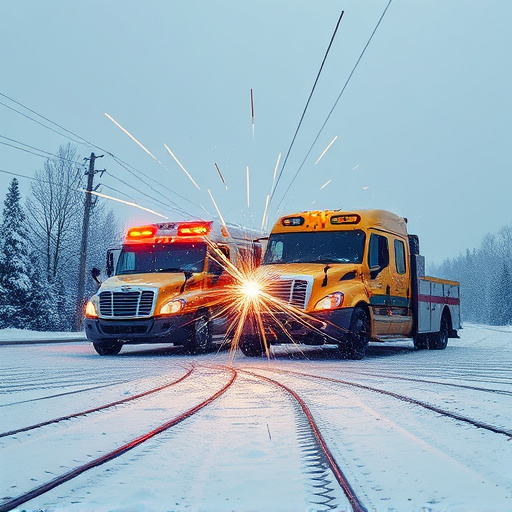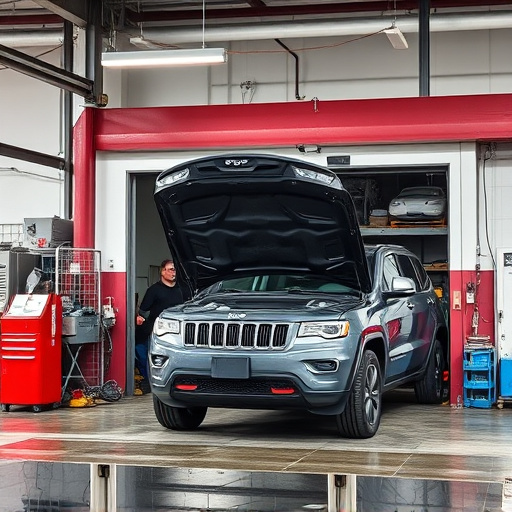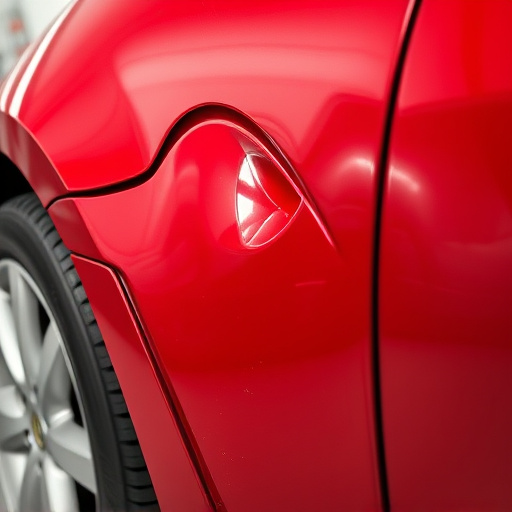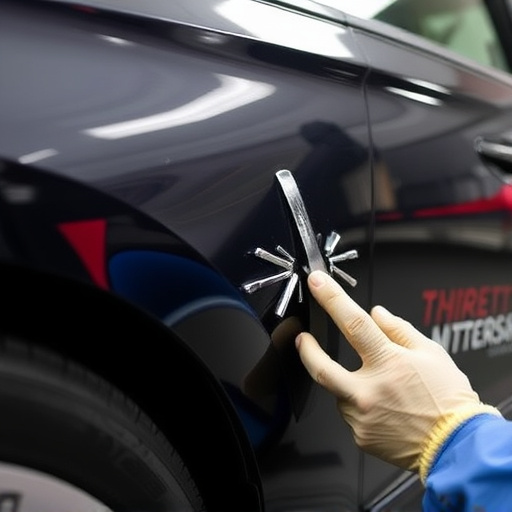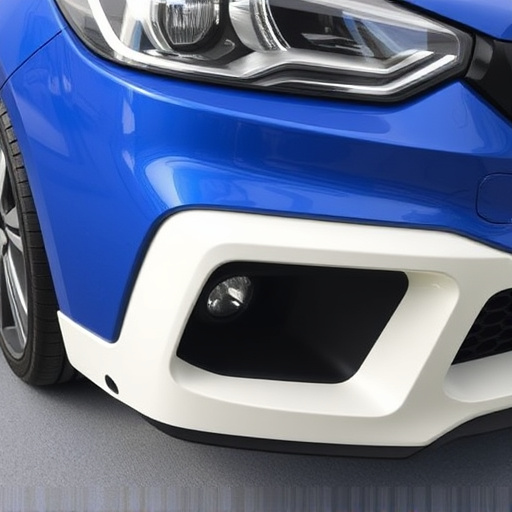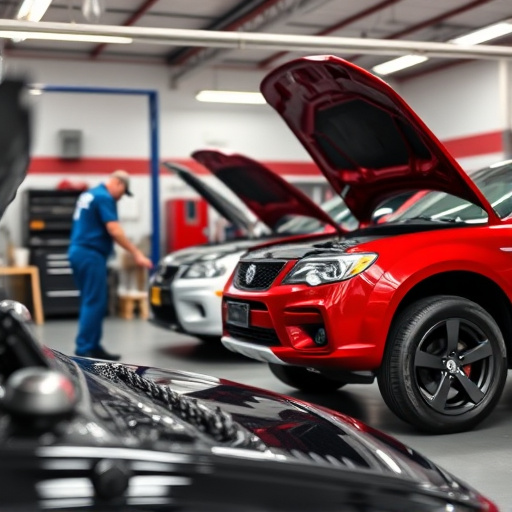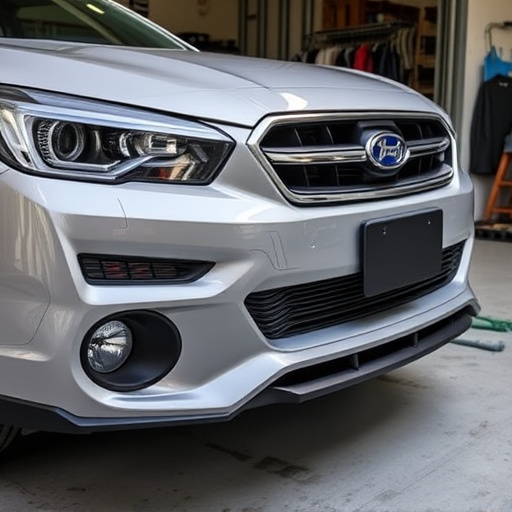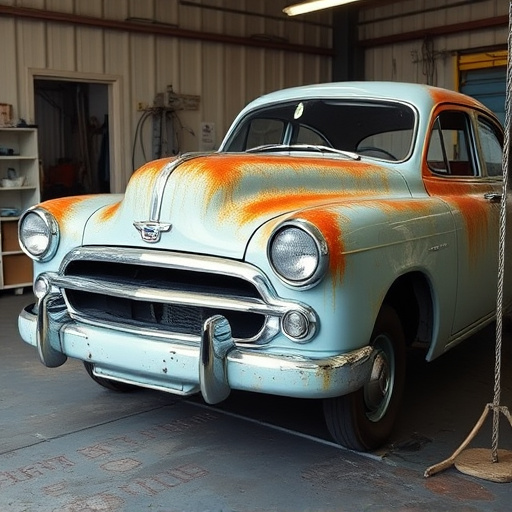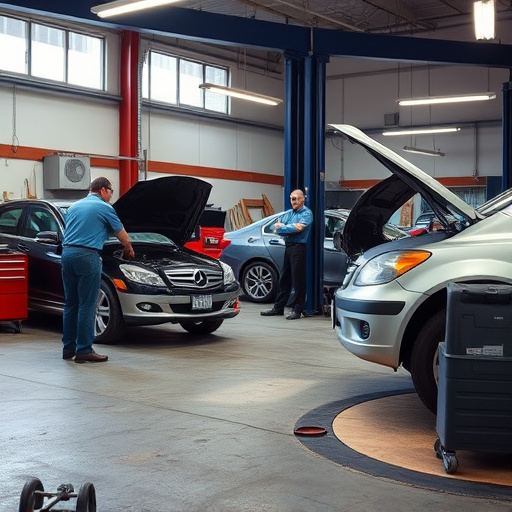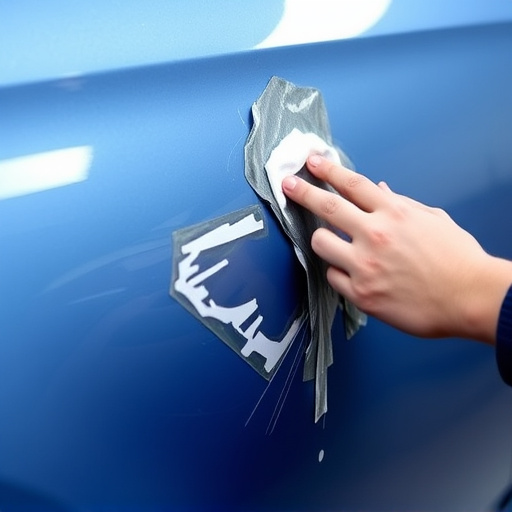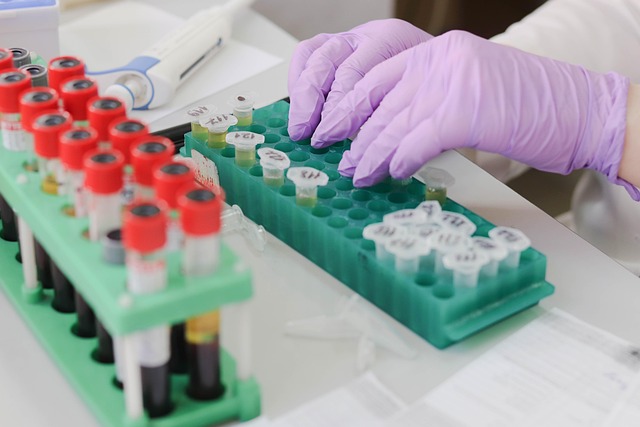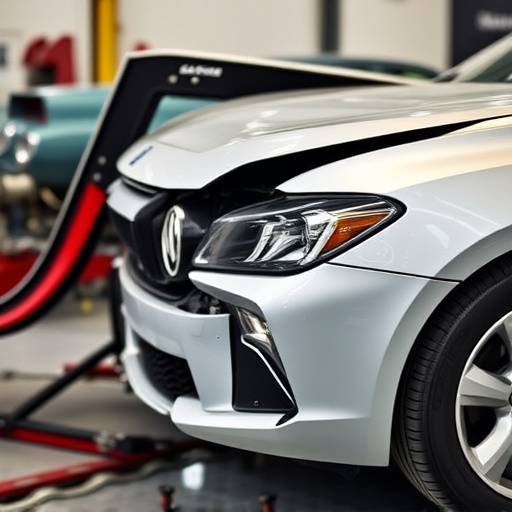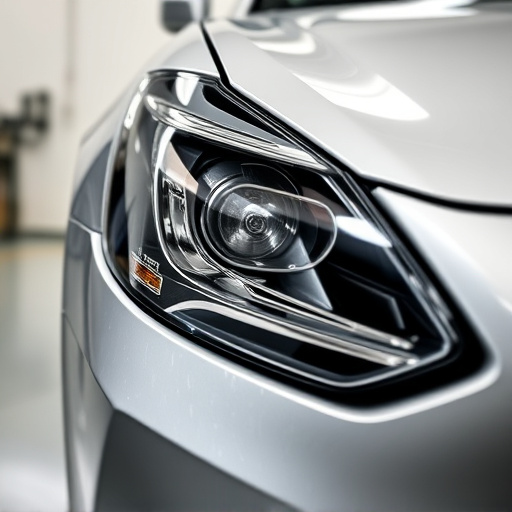Motorcycle collision repair is a specialized art demanding automotive and motorcycle expertise to address unique challenges. Skilled technicians require in-depth knowledge of models, frame types, and suspension systems to ensure structural integrity while preserving original aesthetics and handling. The process involves precise autobody repairs using advanced tools and techniques such as patchwork, body shaping, and fiberglass repair. Safety is paramount, with meticulous assessments, experienced mechanics, protective gear, high-quality parts, and adherence to manufacturer guidelines ensuring a successful repair job for enhanced riding experience.
Uncover the secrets behind mastering motorcycle collision repair with our comprehensive guide. From understanding the intricate complexities of the process to equipping yourself with essential tools and safety tips, this article is your go-to resource.
Motorcycle collision repair demands precision and expertise. We’ll navigate you through every step, ensuring top-notch repairs that honor both the bike’s original craftsmanship and its unique character.
- Understanding the Complexities of Motorcycle Collision Repair
- Essential Tools and Techniques for Top-Notch Repairs
- Maximizing Safety: Tips for Successful Motorcycle Restoration
Understanding the Complexities of Motorcycle Collision Repair
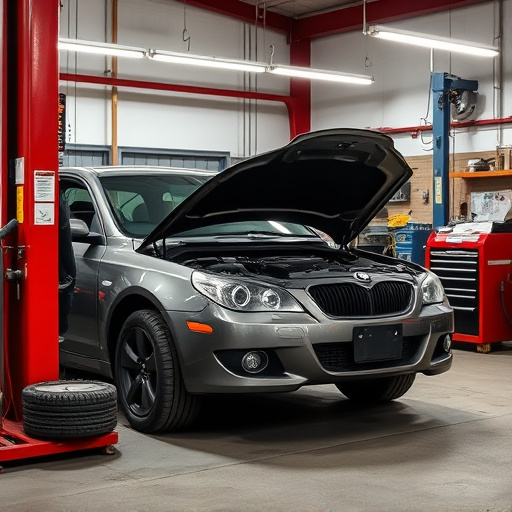
Motorcycle collision repair is a specialized art that requires an intricate understanding of both automotive and motorcycle mechanics. Unlike regular auto body repairs, motorcycles present unique challenges due to their design and the specific needs of riders. The complexities arise from the delicate balance between structural integrity and retaining the bike’s original aesthetics and handling characteristics. A skilled technician must possess a deep knowledge of various models, frame types, and suspension systems to ensure safe and reliable repairs.
Furthermore, motorcycle collision repair often involves intricate autobody repairs, requiring precision and attention to detail. The process demands careful assessment, precise cutting, and expert welding to match the manufacturer’s standards. Many auto repair shops offer these services, but for motorcycles, specialized expertise is crucial to preserving the bike’s performance and ensuring a safe return to the road.
Essential Tools and Techniques for Top-Notch Repairs
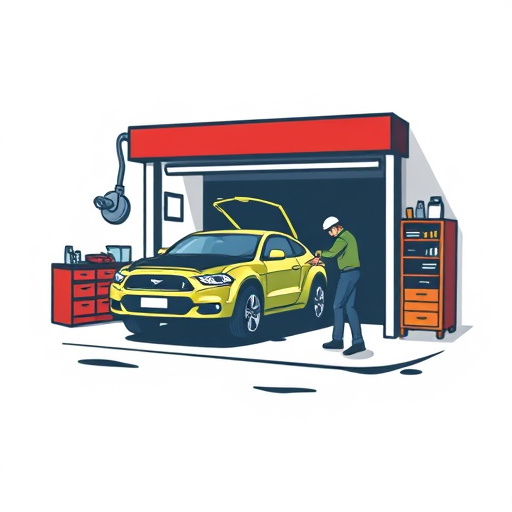
When it comes to motorcycle collision repair, having the right tools and techniques is essential for achieving top-notch results. Motorcyclists need a diverse set of equipment tailored to handle various types of damage, from minor fender benders to more significant crashes. Basic essentials include specialized hammers, pry bars, and welding gear for metal fabrication. For precision work, a variety of screwdrivers, wrenches, and sanders are crucial, as well as high-quality paints and primers for restoration.
Advanced techniques such as patchwork, body shaping, and panel replacement require skilled hands and specialized tools. Autobody repairs on motorcycles often demand intricate work due to the vehicle’s unique design and construction. Proficiency in techniques like spot welding, fiberglass repair, and composite material fabrication is invaluable. These skills ensure that not only is the motorcycle restored to its pre-collision condition but also that it maintains structural integrity and safety standards, making it a reliable ride on the road again after a collision or hail damage repair.
Maximizing Safety: Tips for Successful Motorcycle Restoration
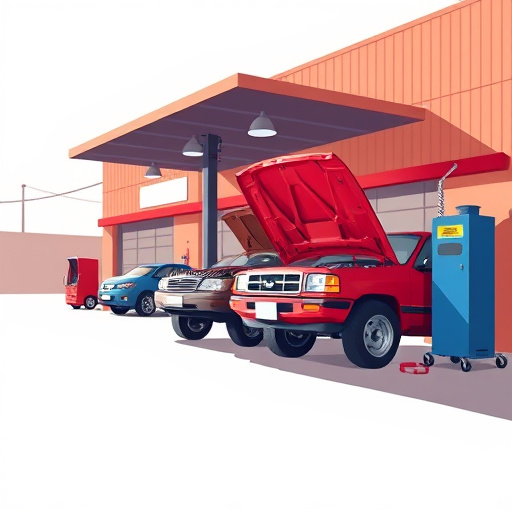
Maximizing safety is paramount when engaging in motorcycle collision repair. Restoring your bike to its former glory requires a meticulous approach, prioritizing both quality craftsmanship and ensuring the vehicle’s structural integrity. Begin by assessing all damage, from frame dents and cracks to engine compromises. Utilize specialized tools and techniques tailored for motorcycle repair, as these can differ significantly from automotive collision repair methods. Engage professional mechanics with experience in motorcycle restoration, who understand the unique challenges and safety considerations involved.
Proper safety protocols include wearing protective gear throughout the process, such as gloves, eye protection, and a well-fitting helmet. The workspace should be meticulously organized to prevent tripping hazards and ensure easy access to all repair areas. Never underestimate the importance of following manufacturer guidelines for repairs and replacements. Moreover, consider the use of high-quality parts and paints designed specifically for motorcycles, ensuring longevity and aesthetic accuracy. Incorporating these safety tips will contribute to a successful motorcycle collision repair job, enhancing your riding experience and confidence on the road.
Motorcycle collision repair is an art that combines technical expertise with a deep understanding of these versatile vehicles. By mastering the secrets outlined in this article, from navigating complex repairs to prioritizing safety, you’ll be well-equipped to handle even the most challenging restoration projects. Remember, top-notch repairs not only ensure your motorcycle’s longevity but also contribute to the overall riding experience, making every journey a safe and memorable one.
